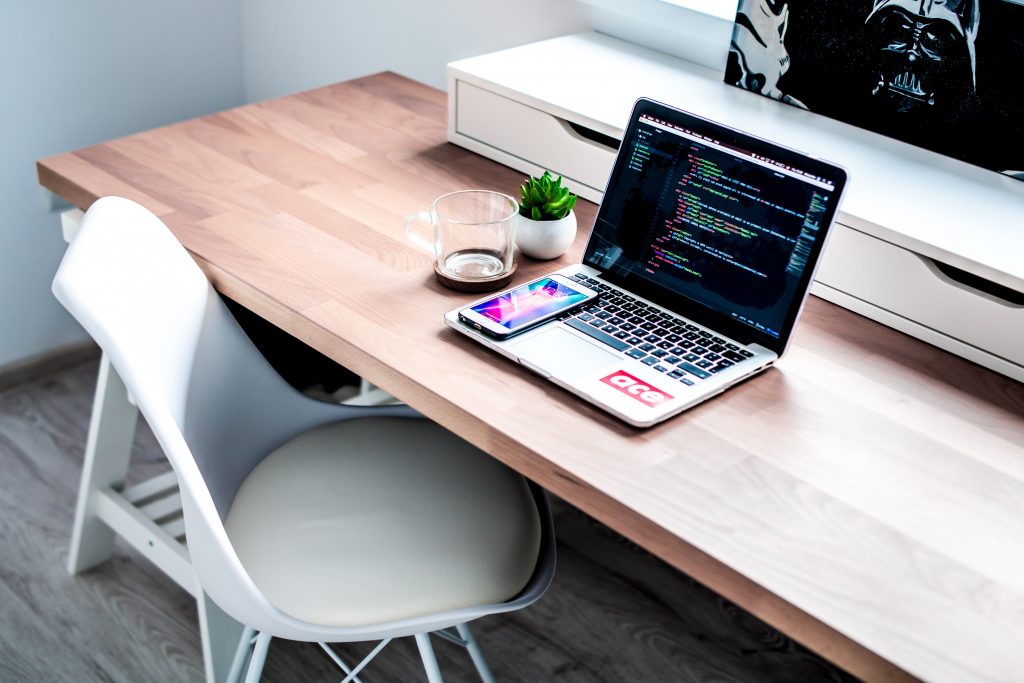
If augmented reality is the future, then this is a preview into what is coming.
IKEA and its external research laboratory SPACE10 have selected eighteen various digital experiences from design and technology studios as part of a new web-based platform called Daily Experiments. Each uses technology, including augmented reality, virtual reality, artificial intelligence, machine learning, and spatial intelligence, to help people think about space in their homes in various way.
Bas Van De Poel, creative director of SPACE10, says that technology has affected and shaped our home life more than ever. "It is significant for us to keep a close eye on these trends and explore how we can redefine the way we live at home," says Van De Poel. This is where the inspiration for IKEA's frequent experiments came from.
Many of the SPACE10 experiments include the use of augmented reality. This technology captures both good and bad press right now but undoubtedly focuses on Apple, Google, and Magic Leap. IKEA was also one of the first brands to roll out an AR app with Apple in 2017, enabling users to roll down virtual sofas and armchairs in their living rooms.
Note: You must provide consent to the use of Social Media cookies to see this embed. Open the preferences of my cookie.
The first Daily Experiment is a concept design, Point, and Fix. Developed by Amsterdam-based studio Random, it lets you touch a piece of worn or damaged furniture and see a range of personalized solutions to upcycle it depending on the damage. This may include tutorials on fixing it yourself or taking you to a page where you can order pieces. Then there's Drastic Steps, a speculative concept prototype that uses LiDAR to help you envision and calculate space in your home by filling nooks and crannies with inflatable elephants. Why? To cause you to think about the room you have in your home.
One of the most exciting experiments, the Bakken & Back concept studio, is called the Technocarpenter. It uses a combination of AR and VR to help you fashion your chair – move your palm and finger around the virtual world and watch as it is transformed into a machine learning-generated seat, all based on how you want it to look.
While these experiments are distracting, you're not going to make your chair at your local IKEA or find out how to restore your furniture from home anytime soon. These are all experiments. Others – such as Drastic Steps or Optical Sound System, an investigation that allows you to imagine music or sound in the space around you – are entirely theoretical.
Like several augmented reality-based ventures, IKEA's is more of a technical chimera – attractive, but nowhere near the stage of coming to your home in the next few months.
However, what IKEA and SPACE10 's experiments indicate is the potential future use of AR. "IKEA is very interested in the potential of AR. And I don't think it's a secret that Apple is planning for a world where augmented reality glasses are commonplace, "says Van De Poel. "We will probably see some or more tests live on these AR glasses at some stage when they're readily accessible and running."
As a result, Van De Poel says that the purpose behind the experiments is not to introduce them into the world of daily life but to demonstrate the potential of technologies such as artificial intelligence and machine learning concerning the home. "It might turn out that some of these will become more concrete and be adapted to the broader IKEA ecosystem," says Van De Poel, "but first and foremost, it's just about empowering people, designers, and technologists."




No comments